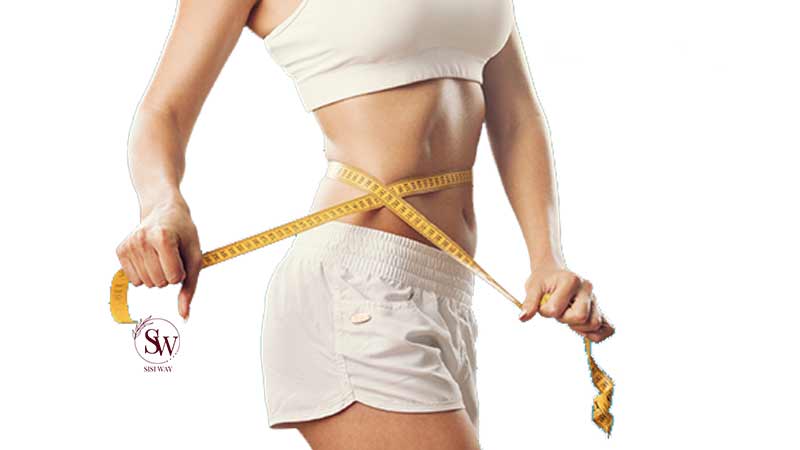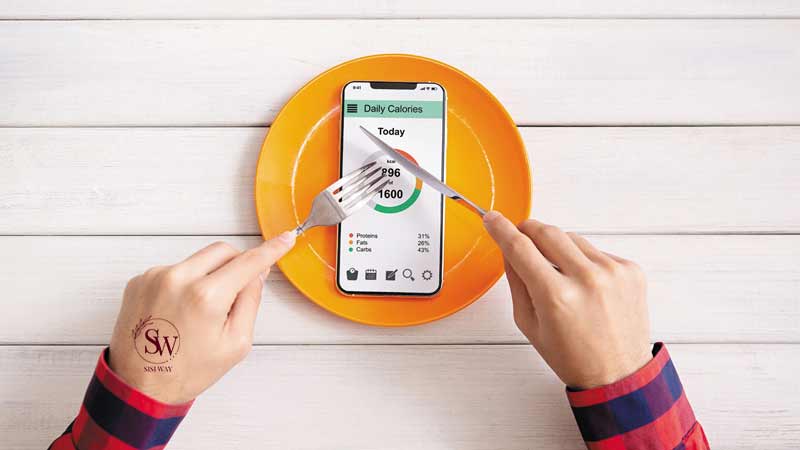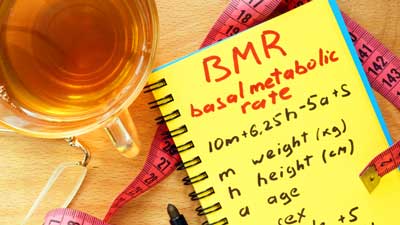
Every woman’s body is unique, and so are her nutritional needs. Understanding how many calories a woman should consume each day is crucial for maintaining optimal health, achieving weight management goals, and ensuring overall well-being. This comprehensive guide delves into the factors influencing daily calorie intake for women, offering insights and practical advice for a balanced diet.
Determining Daily Calorie Intake for Women
The daily calorie intake for women varies based on age, activity level, and health goals. Generally, adult women require between 1,600 to 2,400 calories per day. However, this range is not one-size-fits-all. Active women and those with specific health objectives may need to adjust their intake accordingly.
| Age Group | Desired Caloric Intake (calories/day) |
|---|---|
| 18-30 | 1,800 – 2,400 |
| 31-50 | 1,800 – 2,400 |
| 51 and older | 1,600 – 2,200 |
These caloric ranges provide a general guideline for women in different age groups, but individual variations based on factors like physical activity, health status, and metabolism should be considered.

Nutritional Needs for Women: Beyond the Calories
While counting calories is important, it’s equally crucial to focus on the quality of calories consumed. A balanced diet rich in fruits, vegetables, whole grains, lean proteins, and healthy fats is essential. Women should aim to fulfill their nutrient requirements, including vitamins and minerals, through their daily food intake.
Balancing Diet and Calorie Counting for Women
Calorie counting should not lead to dietary restrictions that compromise overall health. It’s about creating a balance. Incorporating a variety of nutrient-dense foods while maintaining caloric goals supports both physical and mental health.
Energy Intake and Weight Management in Women

Effective weight management for women involves understanding the relationship between calorie intake and expenditure. Consuming fewer calories than burned leads to weight loss, while eating more can result in weight gain. However, it’s vital to approach weight management holistically, focusing on sustainable, healthy eating habits rather than short-term diets.
Caloric Requirements for Active Women
Active women, particularly those engaged in regular exercise or sports, have higher caloric needs. Their bodies require more energy for performance and recovery. Thus, active women should tailor their calorie intake to support their activity levels while ensuring they receive adequate nutrition.
Relationship Between Physical Activity and Caloric Needs
Understanding the intricate relationship between physical activity and caloric needs is crucial when determining the ideal daily caloric intake for women.

- Impact of Activity Levels:
- Sedentary Lifestyle: Women with minimal physical activity may fall within the lower end of the recommended caloric range (1,800 calories).
- Moderately Active: Those engaging in moderate-intensity exercises can aim for the mid-range (2,000 – 2,200 calories).
- Highly Active: Women involved in regular intense workouts or physically demanding jobs might require the higher end of the spectrum (2,200 – 2,400 calories).
- Adjusting Caloric Intake:
- Weight Loss: Creating a caloric deficit through a combination of diet and exercise is key for weight loss. Reducing daily intake slightly below maintenance levels can lead to gradual, sustainable weight loss.
- Weight Maintenance: Matching caloric intake to energy expenditure helps maintain weight, ensuring a balance between consumed and burned calories.
- Weight Gain: For those looking to gain weight or build muscle, a caloric surplus is necessary. This can be achieved by consuming more calories than the body expends through physical activity.
- Individualized Approach:
- It’s important to note that the relationship between activity and caloric needs is highly individualized. Factors such as metabolism, body composition, and overall health play a significant role in determining specific requirements.
- Monitoring and Adjusting:
- Regularly monitoring changes in physical activity and adjusting caloric intake accordingly is essential. Periodic reassessment ensures that nutritional needs align with the body’s evolving demands.
Ideal Calorie Count for Women: Individual Considerations

Each woman’s ideal calorie count depends on personal factors like metabolism, age, and lifestyle. Consulting with healthcare professionals can provide personalized guidance. Women with specific health conditions or dietary needs should seek advice tailored to their situations.
These caloric ranges provide a general guideline for women in different age groups, but individual variations based on factors like physical activity, health status, and metabolism should be considered.
Healthy Eating Tips for Women
- Diverse Diet: Incorporate a variety of foods to ensure a broad intake of essential nutrients.
- Portion Control: Understand portion sizes to manage calorie intake effectively.
- Mindful Eating: Pay attention to hunger and fullness cues to avoid overeating.
- Hydration: Drink plenty of water, which is crucial for overall health and can aid in appetite control.
The Role of Nutritional Data Analysis in Women’s Health
Analyzing nutritional data helps women make informed choices about their diet. Understanding the caloric content and nutritional value of foods enables better planning and healthier eating habits.
Factors Influencing Caloric Requirements
To determine the ideal daily caloric intake for women, several factors come into play:

- Basal Metabolic Rate (BMR): BMR represents the number of calories your body needs at rest to maintain basic physiological functions. It varies based on age, weight, height, and body composition.
Various formulas, such as the Harris-Benedict Equation, exist to estimate BMR. These formulas take into account factors like age, weight, and height to provide an approximation of the calories required at rest. BMR calculation is the starting point for determining daily caloric needs, as it sets the stage for factoring in physical activity and other variables.
- Physical Activity Level (PAL): Active women burn more calories than sedentary individuals. PAL takes into account the level of physical activity, ranging from a desk job to intense exercise.
- Age and Life Stage: Caloric needs change with age and life stages such as pregnancy or lactation. A 25-year-old woman may require a different caloric intake than a woman in her 40s.
Also Read: Food for Good Bowel Movement
Frequently Asked Questions (FAQ)
- Can I trust online calorie calculators to determine my ideal intake?
Online calculators can provide estimates, but it’s advisable to consult with a nutritionist for personalized guidance. - How does aging affect caloric needs?
The metabolic rate tends to decrease with age, so adjusting caloric intake based on activity level becomes crucial. - Are there specific foods that can help meet daily caloric requirements healthily?
Yes, a balanced diet rich in whole grains, lean proteins, fruits, and vegetables can contribute to meeting caloric needs while providing essential nutrients.
Conclusion
Determining the right calorie intake for women is a personalized journey. It involves understanding individual needs, maintaining a balanced diet, and making informed choices. By focusing on both the quantity and quality of food, women can achieve their health goals while enjoying a diverse and satisfying diet.



